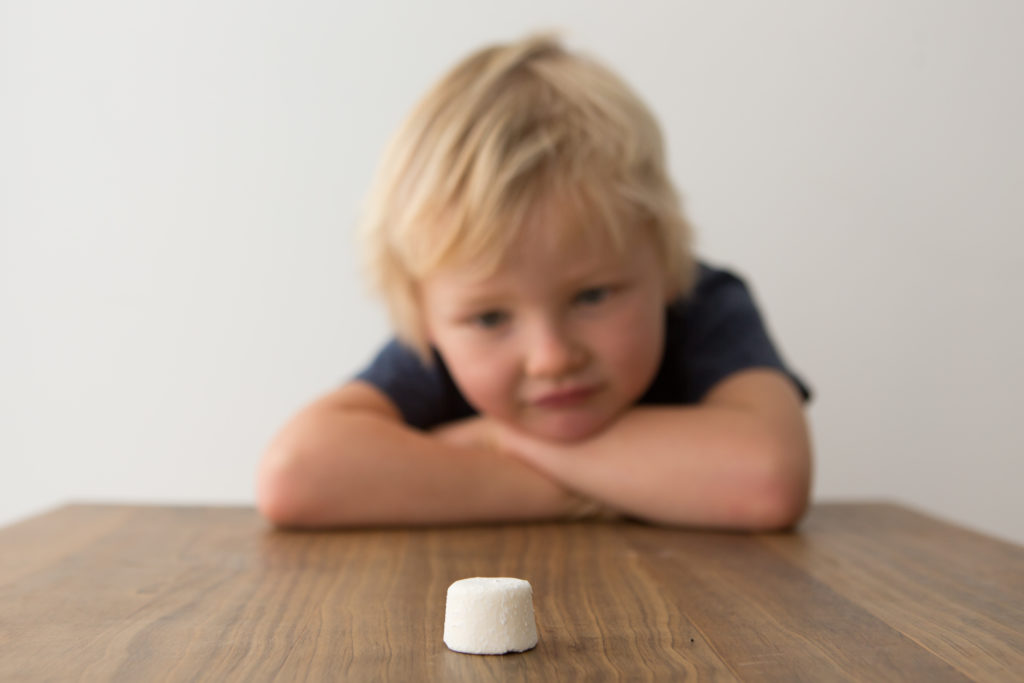Today’s quick brain update looks at a surprising theory on how self control develops.
Do children have self control?
Good question. Indeed self control develops with age as the brain develops. It’s known as executive function amongst researchers and is mostly guided by the front of the brain.
But that’s the point.
What’s the point?
Well an academic paper I stumbled across reviewed the concept of self control as being as much external to the brain or mind as it being internal.
What, you mean the brain isn’t guiding executive function?!
Precisely. They go against the standard theory of brain function guiding self control. The authors draw on what is known as dynamic systems theory to give a different case for self control.
And what is dynamic systems theory?
A complex theory that basically states that some things occur in dynamic, that means constantly changing, environments with multiple influences. However some key triggers and rules can apply – for example in flocks of birds which can be highly complex but somehow seem to work.
And how does this work with regard to self control and with children?
Well, rather than just think of it as a brain problem i.e. prefrontal control, the brain controlling behaviour, think of it as much as an environmental problem. The environment provides lots of cues and input to trigger behaviours.
So how do you improve self control?
Well pay more attention to the environment and cues – manage the environment better. That could be by how desks are placed in classrooms or even the art on the walls.
But what about simply training self control?
Well, that’s the point. That sounds obvious but has generally proven to be ineffective. Some people may think that this isn’t really self control but the fact is self control is guided by many assumptions and underlying principles.
Do you remember the marshmallow test?
Where kids have to resist the temptation of eating a marshmallow?
Right (funny video here). Children are asked by an adult to sit in a quiet room by themselves with a marshmallow placed right in front of them. If they can resist eating the marshmallow until the adult comes back they will get two marshmallows.
So two juicy taste marshmallow in place of one. Waiting should be the best option then: as long as the kids can resist the temptation (exert self control) to scoff the first marshmallow sitting tantalisingly in front of them.
But, if you change some contexts of the test you change the outcome.
Like what?
For example, in one study the children had the adult break a promise of bringing coloured pencils first. This breaking of a promise led the children to therefore not trust the adult as much when they promised the children a second marshmallow if they could resist eating the first marshmallow. Most children therefore just scoffed the marshmallow straight off.
This is going for the strategy of “I’m not sure I’ll actually get a second marshmallow (because the adult has already promised something and not delivered) so best to just eat this one right away”
So context changes outcome – but context changes self control. I’ve also put that down to worldviews previously.
So we should pay more attention to environmental cues?
Precisely – but this can be a challenge. We have so many conscious and unconscious cues.
But the important take away is to manage the environment better to get better self control.
I presume in adults as well as children
Yup, but we’d certainly like to get the habit of self control sorted in children.
And what about social media?
Oh, precisely lots of environmental cues to distract us – but let’s not go there for now.
Just remember, for yourself, and your children if you have them, that managing the environment helps with self control.








